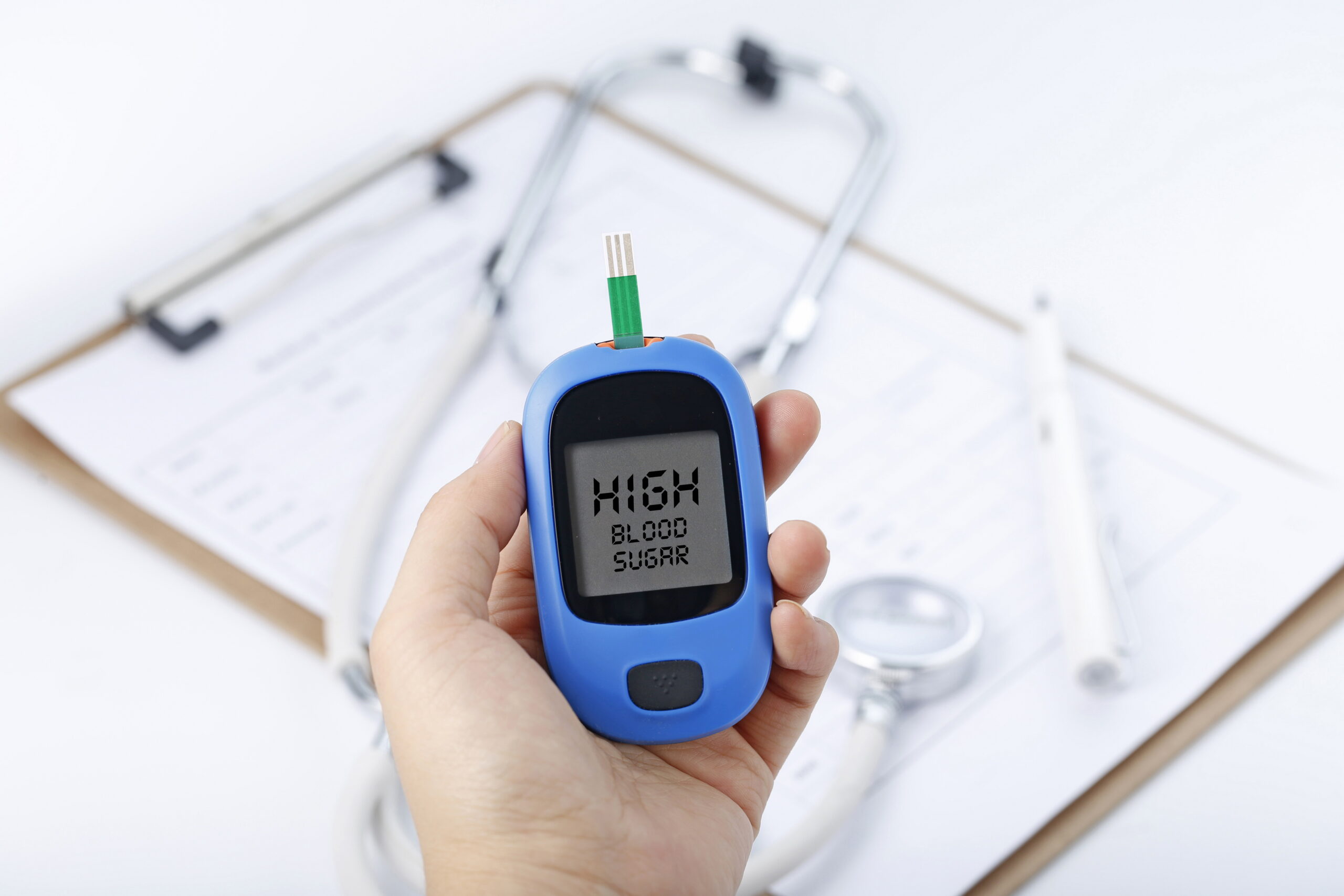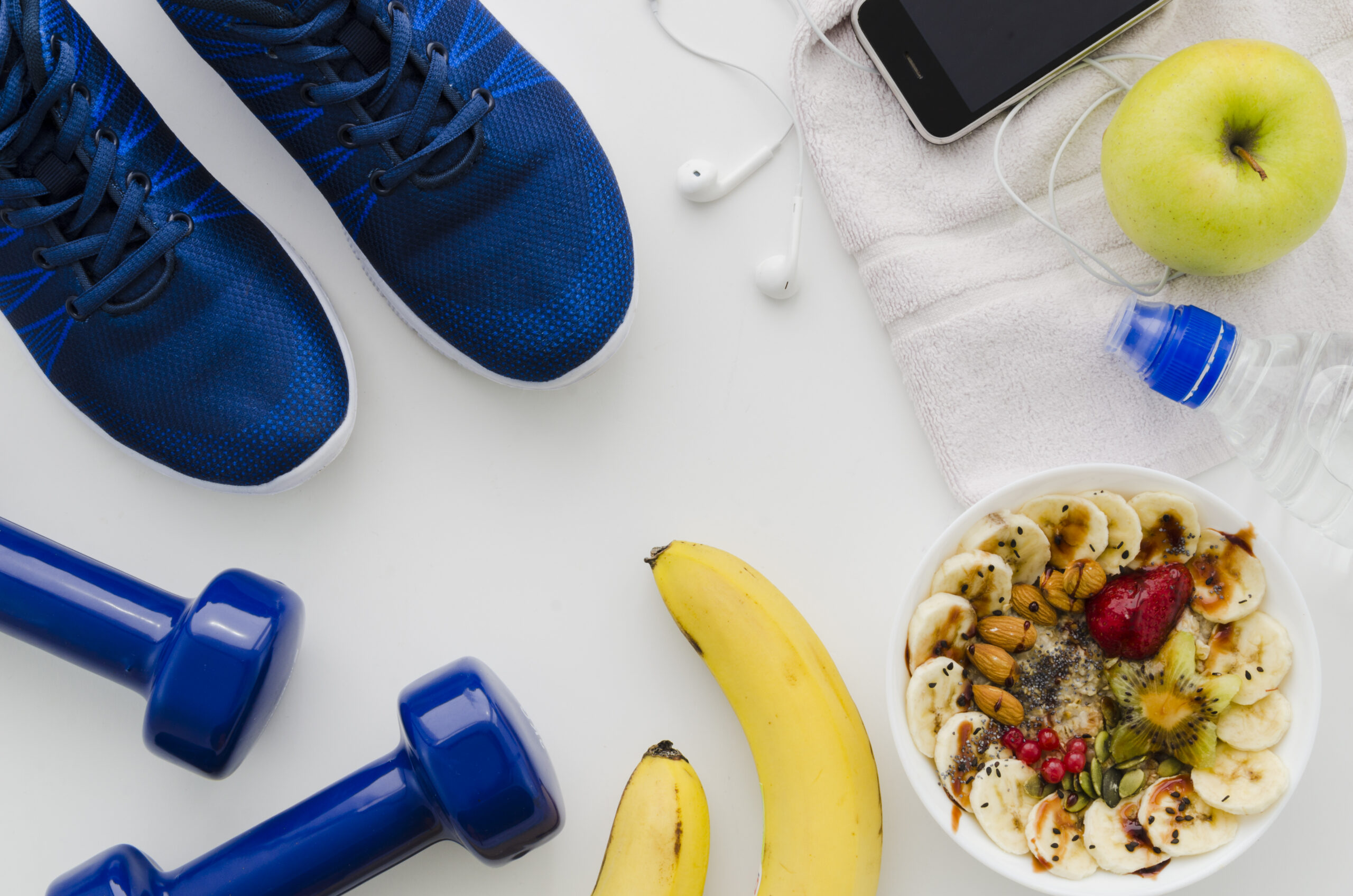What Is The Difference Between Type 1 and Type 2 Diabetes?
October Newsletter
Understanding Type 1 and Type 2 Diabetes
There are many benefits to a healthy lifestyle — including reducing your risk of type 2 diabetes, one of the most common diseases in U.S. adults. Diabetes occurs when the body cannot properly convert glucose (or blood sugar) into energy. This condition increases the risk of heart disease, stroke, eye problems, nerve damage, kidney disease, and more.
While there are different types of diabetes, the most common are type 1 and type 2:
Type 1 diabetes can develop at any time in a person’s life if their body does not naturally make enough insulin, a hormone that helps the body turn glucose into energy. It is often diagnosed in children or young adults. Type 1 diabetics can manage their condition by taking insulin to keep their blood sugar levels healthy.
Type 2 diabetes can be diagnosed at any age, though it is most common in middle-aged or older adults. Type 2 diabetes occurs when your body does not make or use insulin well. There are often lifestyle-related factors that cause this and/or a family history of this disease. Type 2 is the most common type of diabetes.
A healthy lifestyle is the best way to prevent or manage type 2 diabetes. Watch this video from Mayo Clinic to learn more about preventing this condition.
Image Source: Freepik
Lowering Your Triglyceride Levels
We often hear about managing triglyceride levels — but what does this mean? Triglycerides are an essential fat found in our body and blood. Too much of this fat, however, can become a building block of cholesterol.
Lowering triglyceride levels can reduce the risk of heart problems such as heart attack and stroke. While medication may be provided by your doctor to lower these levels, there are natural ways to keep them in check too.
By moving more, you effectively lower your triglycerides. Every movement, from taking the stairs to walking the dog, can help maintain a healthy balance. It is also smart to know what elevates your levels. Avoid sweetened beverages like soda, energy drinks, sugary juices, and alcohol. Moderate your intake of white rice and white bread as well. All of these items have carbohydrates that can spike triglycerides.
Plain and simple: exercising and eating well are the best ways to maintain healthy triglyceride levels.
Image Source: Freepik
9 Healthy Soups To Make On A Cold Day
Soup is a staple comfort food during fall. Fortunately, you don’t have to sacrifice flavor when it comes to cooking one of these healthy and cozy recipes:
- Healthified Broccoli Cheddar Soup
- Italian Chicken and Vegetable Soup
- Minestrone with Parmigiano-Reggiano
- Mushroom and Barley Soup
- Ravioli and Vegetable Soup
- Chicken-Rice Soup
- Italian Wedding Soup
- Kale-Potato Soup with Bacon
- Ginger-Carrot Soup
Find these recipes on FoodNetwork.com!
Which Foods Can Help Lower Triglyceride Levels?
While an active lifestyle helps maintain healthy triglyceride levels, a nutritious and balanced diet can also keep these levels on track. The below foods may help lower triglyceride levels (Healthline):
- Fish with omega-3 fatty acids such as salmon
- Quinoa and whole grains such as oatmeal and barley
- Vegetables such as broccoli and Brussels sprouts
- Soy proteins such as tofu, edamame and soybeans
- Avocado
Do you know a company or organization that would benefit from working with Empower Health?
Contact sales@empowerhealthservices.com


